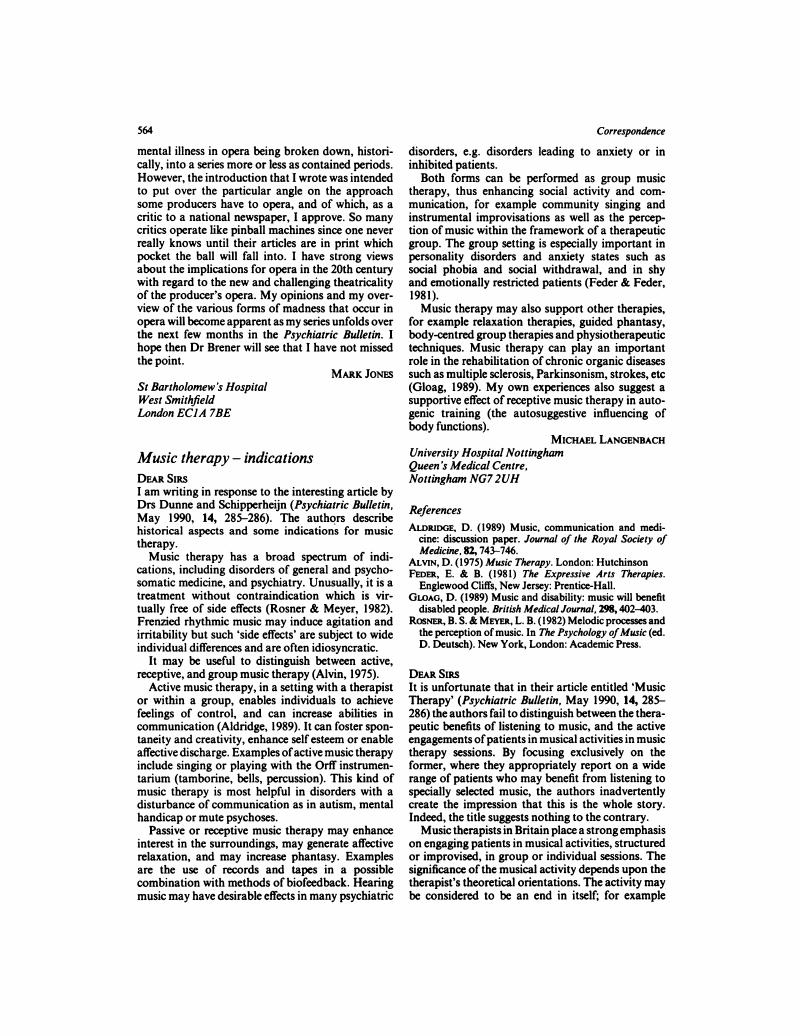Crossref Citations
This article has been cited by the following publications. This list is generated based on data provided by Crossref.
Peng, Shu-Ming
Koo, Malcolm
and
Kuo, Jen-Che
2010.
Effect of Group Music Activity as an Adjunctive Therapy on Psychotic Symptoms in Patients With Acute Schizophrenia.
Archives of Psychiatric Nursing,
Vol. 24,
Issue. 6,
p.
429.




eLetters
No eLetters have been published for this article.